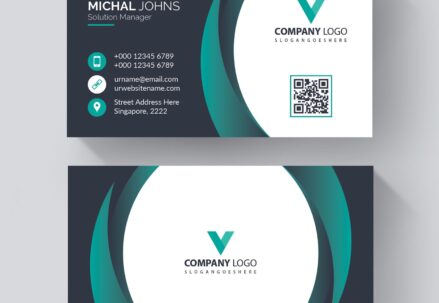In an era where digital design often dominates, the art of hand-drawn typography stands out as a breath of fresh creativity. This technique blends the personal touch of the artist with the functional beauty of letterforms, providing a unique character to everything from brand logos to publishing. This resurgence of interest in hand-crafted letters is not merely a nostalgic trip; it’s a testament to the enduring appeal of human imperfection and individuality in design.
Whether through ink on paper or pixels on screens, hand-drawn typography is a celebration of the personal connection between artist and audience, a connection that no algorithm can replicate.
Evolution of Hand-Drawn Typography
Hand-drawn typography has evolved significantly from its historical roots. Centuries ago, all written communication was crafted by hand, with scribes and calligraphers painstakingly creating each letterform. As technology progressed, the advent of the printing press and, later, digital typesetting tools, shifted the focus away from hand-lettering. However, there has been a renaissance of sorts in recent years.
Designers and illustrators are rediscovering the allure of hand-drawn type, incorporating it into multimedia projects, and breathing new life into this ancient craft. The progression of hand-drawn typography has seen it morph from a necessity to an art form cherished for its organic qualities and personal touch.
The Creative Process of Crafting Letters
Embarking on the journey of creating hand-drawn typography is a creative act that allows designers to infuse personality into their work. It begins with the basics of doodling letters, which can be a playful and explorative process. This act of drawing, rather than writing, letters is where the artistry begins to take shape.
The designer’s personal flair and style are as much a part of the final design as the letters themselves. This unique expression is not just about aesthetics; it is a means of honing one’s skill and developing a distinctive voice in the crowded landscape of design and typography.
Techniques and Tools for Aspiring Typographers
Mastery of hand-drawn typography comes with understanding and utilizing a variety of techniques. Experienced typographers often employ a blend of artistic instinct and learned principles to create compelling designs:
- From the selection of the right tools—like high-quality inks, pens, and paper—to the application of specific lettering methods, every choice matters;
- Tools like rulers and stencils can help in achieving precision while tracing paper and lightboxes allow for experimentation without committing to the final design too soon.
The materials used can impart subtle differences in texture and weight, contributing to the overall impact of the typography.
Establishing Effective Typography Principles
While hand-drawn typography allows for artistic freedom, certain foundational rules help ensure that the created pages are not only unique but also effective and intuitive for readers. Establishing a grid or using shapes to plan the layout can provide structure to the whimsy of hand-drawn letters.
Considering the height and width of letters, maintaining uniformity where necessary, and using size variations to establish hierarchy are all principles that can guide a typographer in their craft. Adherence to these rules does not stifle creativity but rather channels it in a direction that enhances readability and visual appeal.
Distinctiveness Versus Handwriting
The process of crafting hand-drawn typography should not be mistaken for mere handwriting:
- It is an illustrative endeavor where each letter is drawn with intention and consideration for its visual impact;
- Developing this art starts with gathering inspiration, perhaps from the vast repositories available online or from the work of renowned lettering artists.
Creating a personalized lettering style involves not just drawing inspiration from others but also developing a nuanced understanding of how typography interacts with design elements to convey a specific mood or message.
Consistency and Research in Typeface Design
Consistency is paramount, particularly when working on larger projects like brand identities:
- To achieve this, one might create stencils or templates to ensure uniformity across various applications;
- Furthermore, understanding the historical and cultural context of typography can enrich the design process. Research can inform a typographer’s approach, especially when aiming for a vintage or period-specific aesthetic.
By studying historical typefaces and the cultural significance of lettering styles, designers can imbue their work with depth and resonance.
Final Thoughts: Digital Transformation of Hand-Drawn Type
After the hand-drawn process, the digital transformation is a critical step. Bringing sketches into the digital realm with tools like Photoshop and Illustrator allows for refinement and versatility. Converting the hand-drawn type to a vector format ensures that it can be scaled and manipulated without loss of quality. This phase is where precision meets the personal touch, and the typographer’s vision is polished into its final form.
The transition from paper to pixel is not merely a technical procedure but a vital part of the creative process, allowing hand-drawn typography to inhabit the digital space with as much authenticity and presence as it does on the page.





